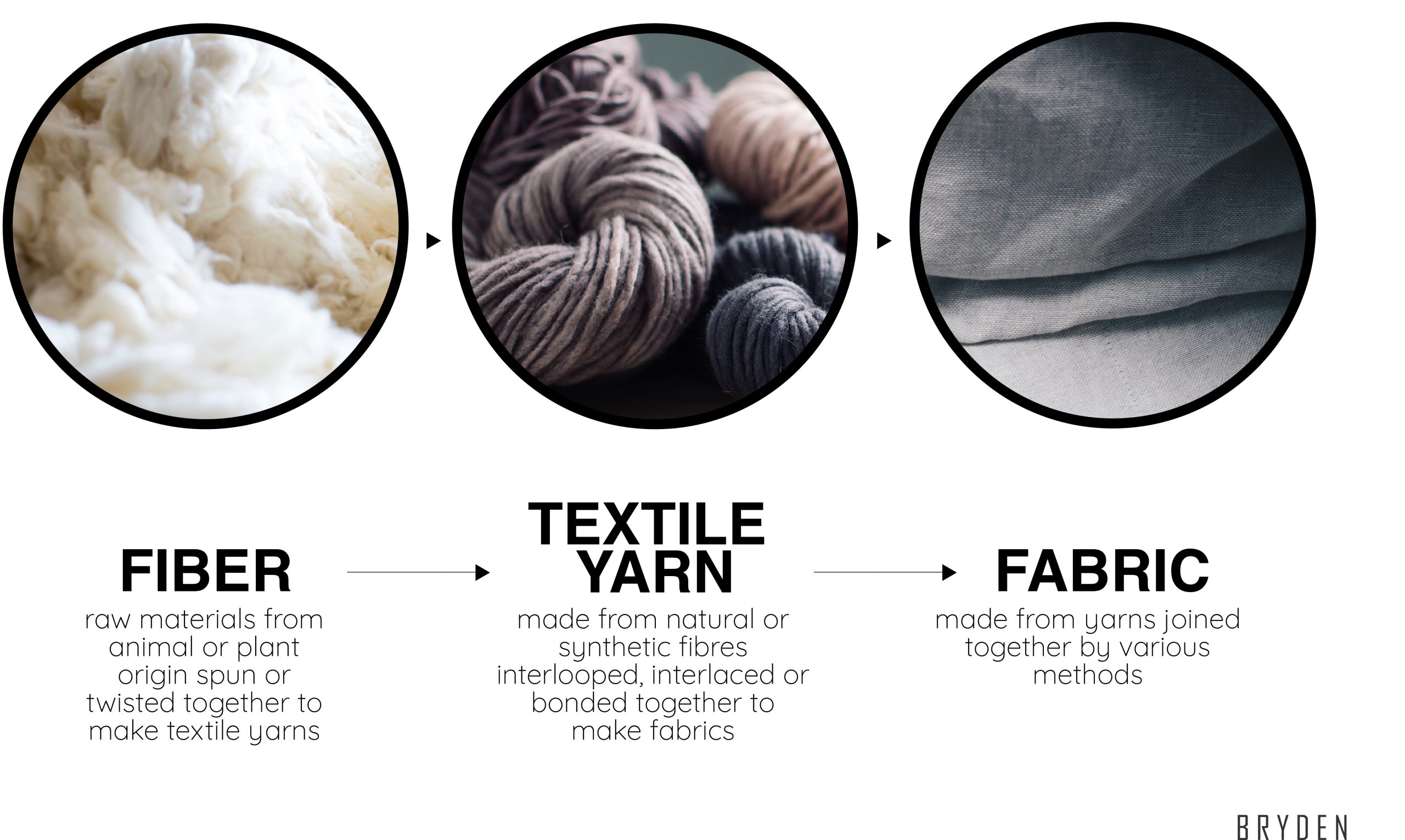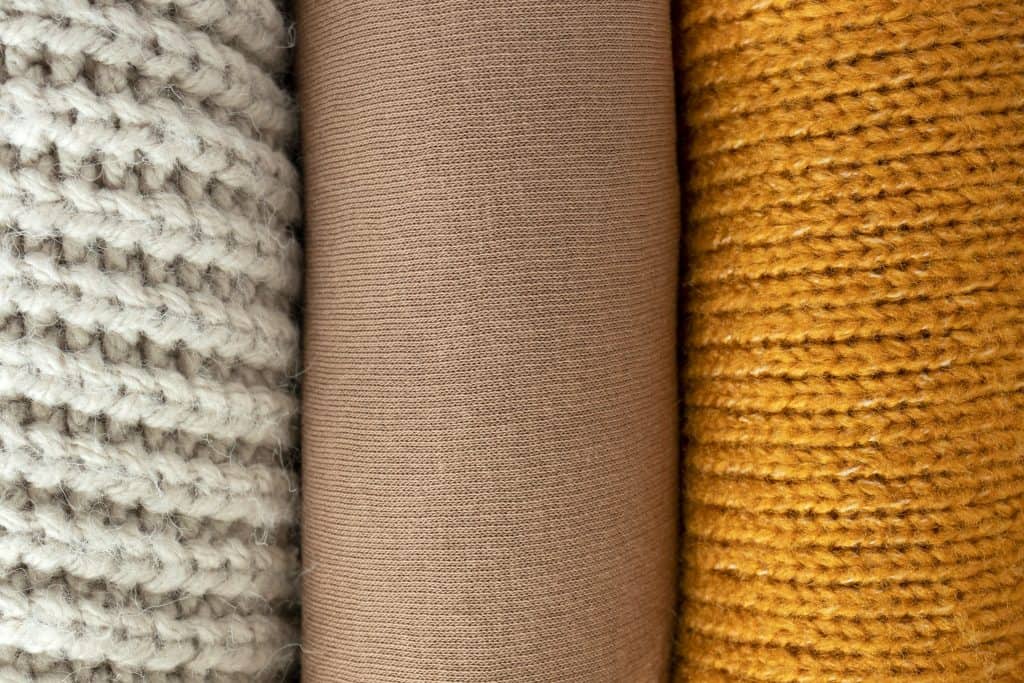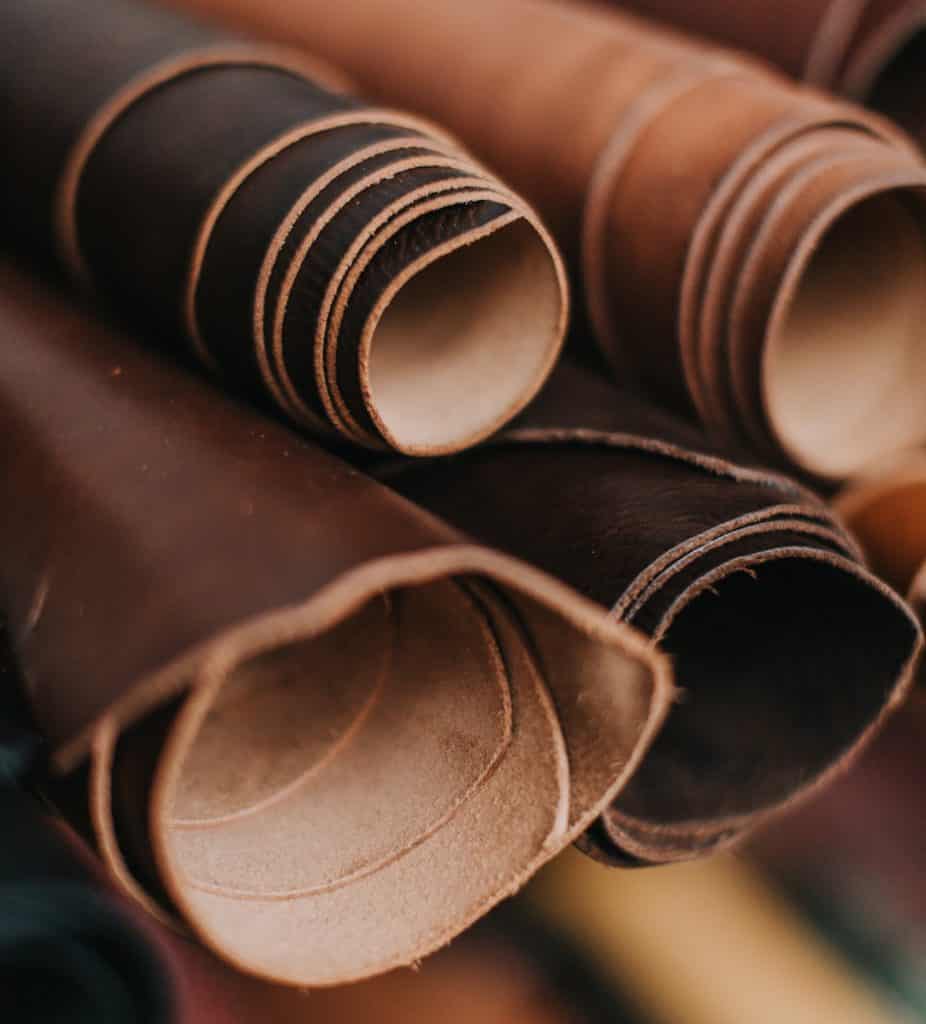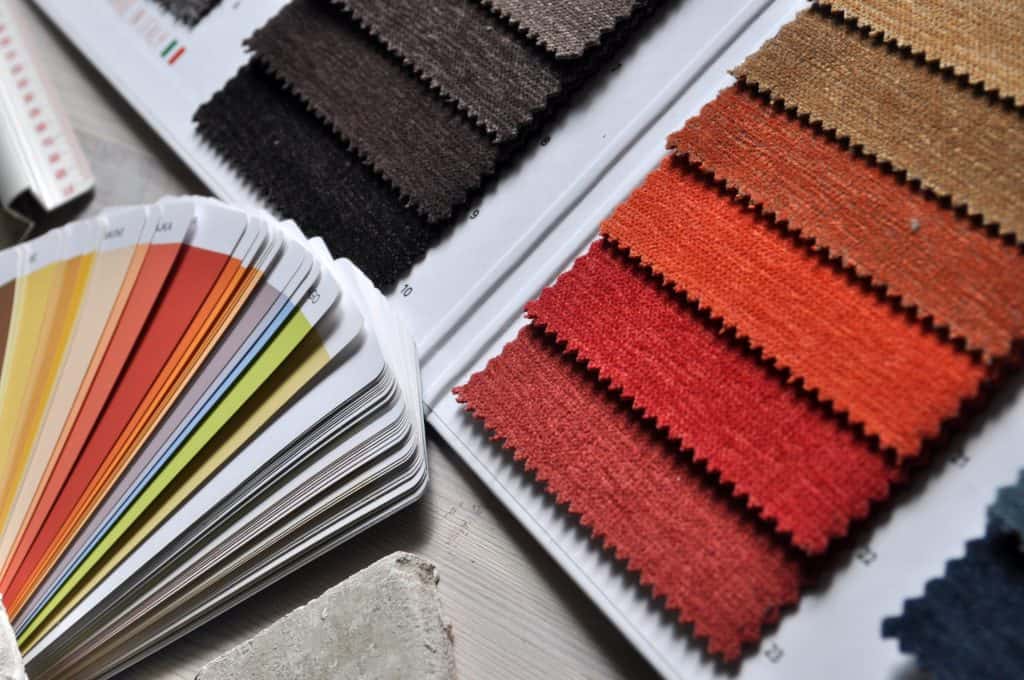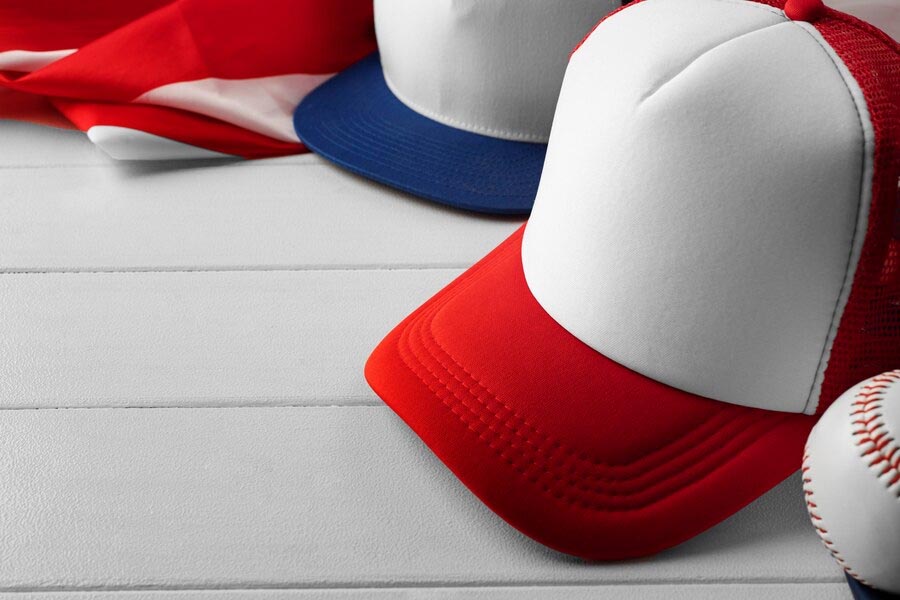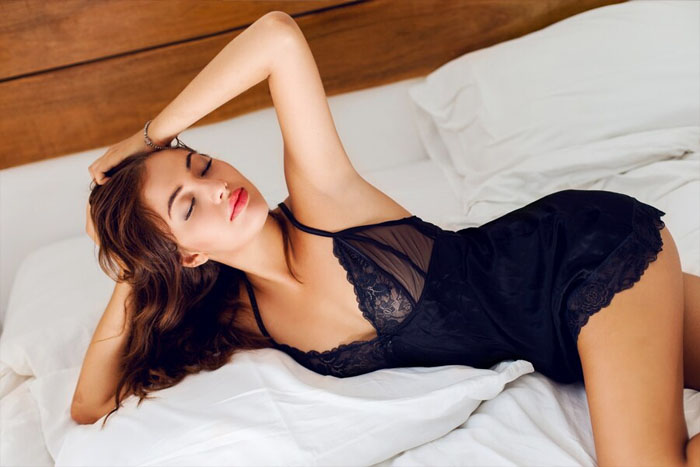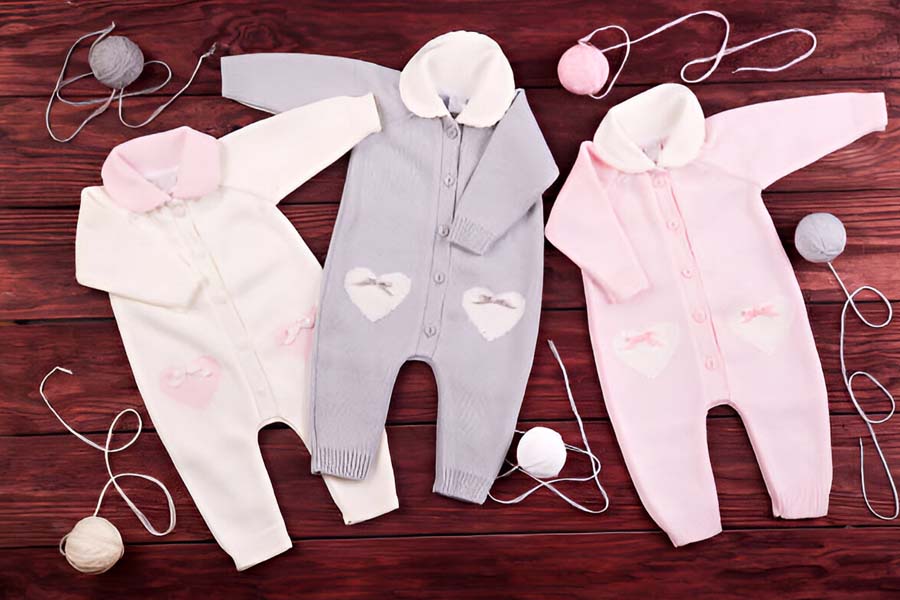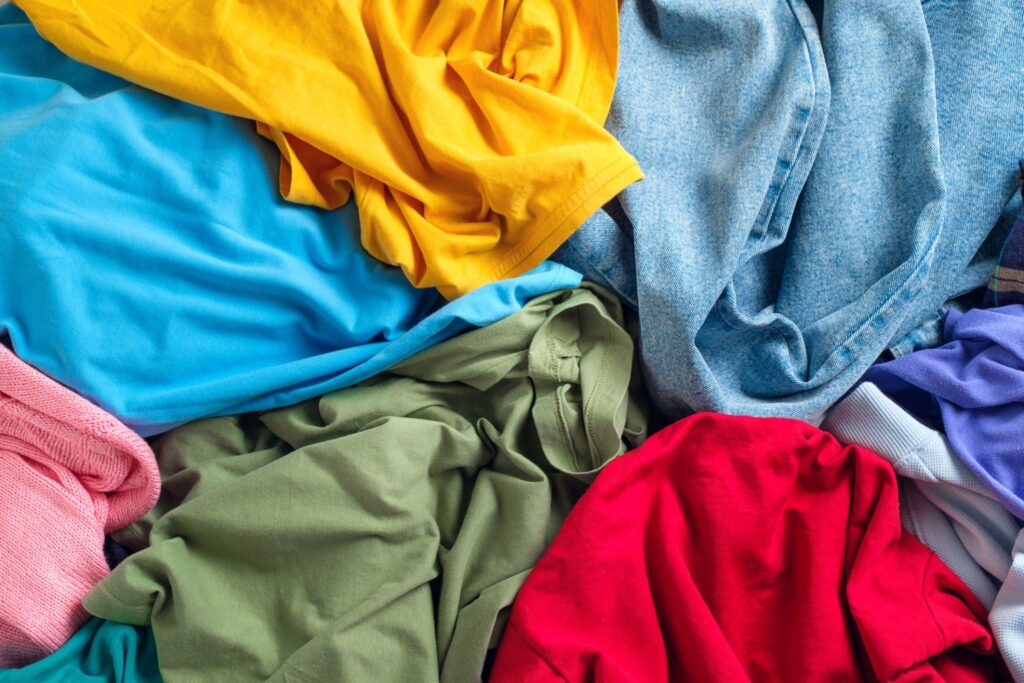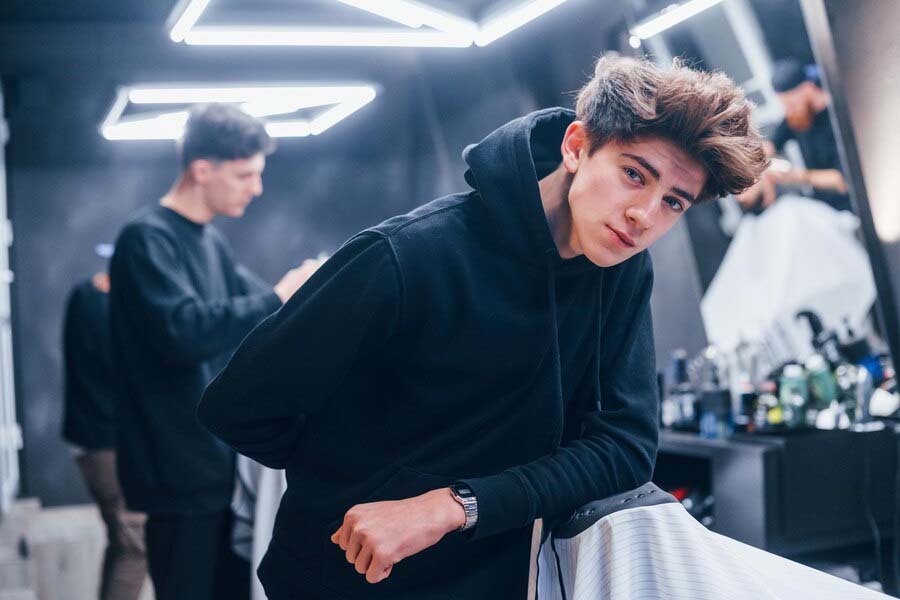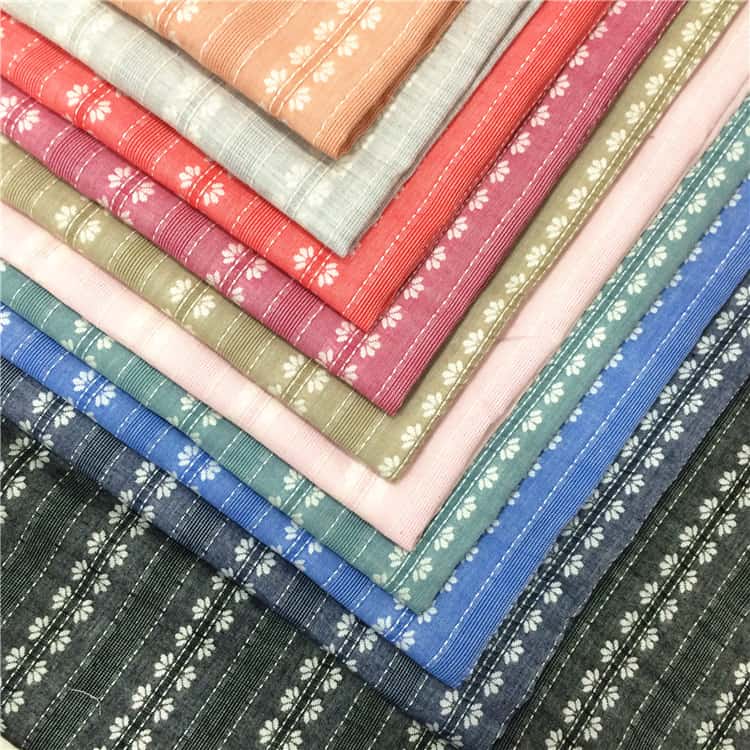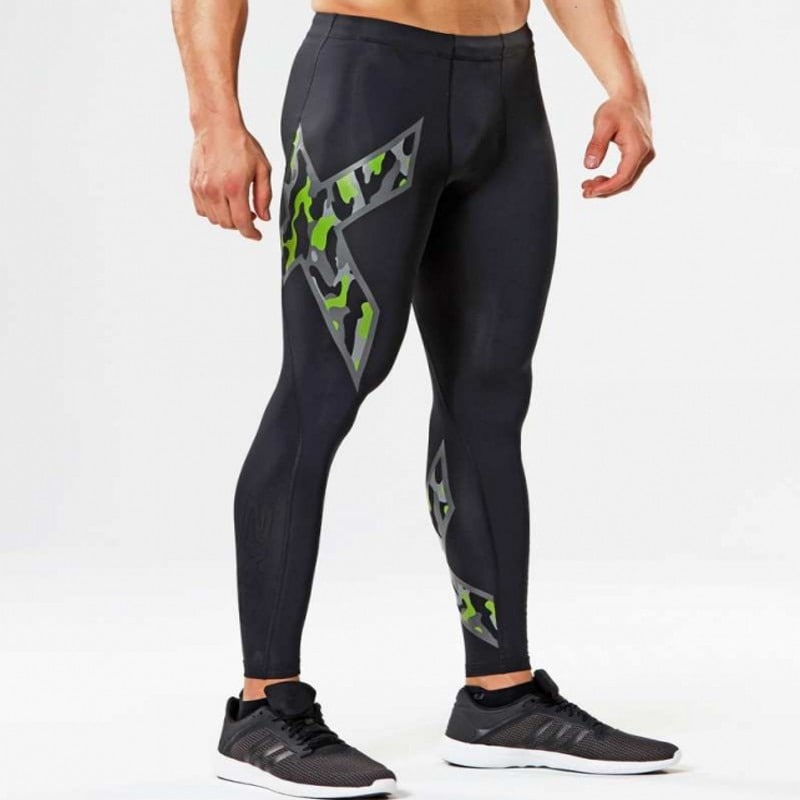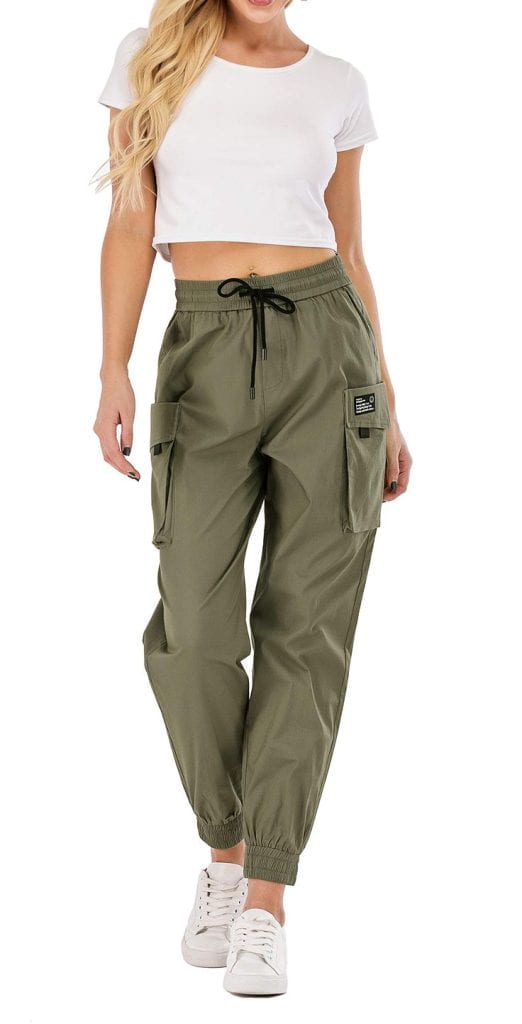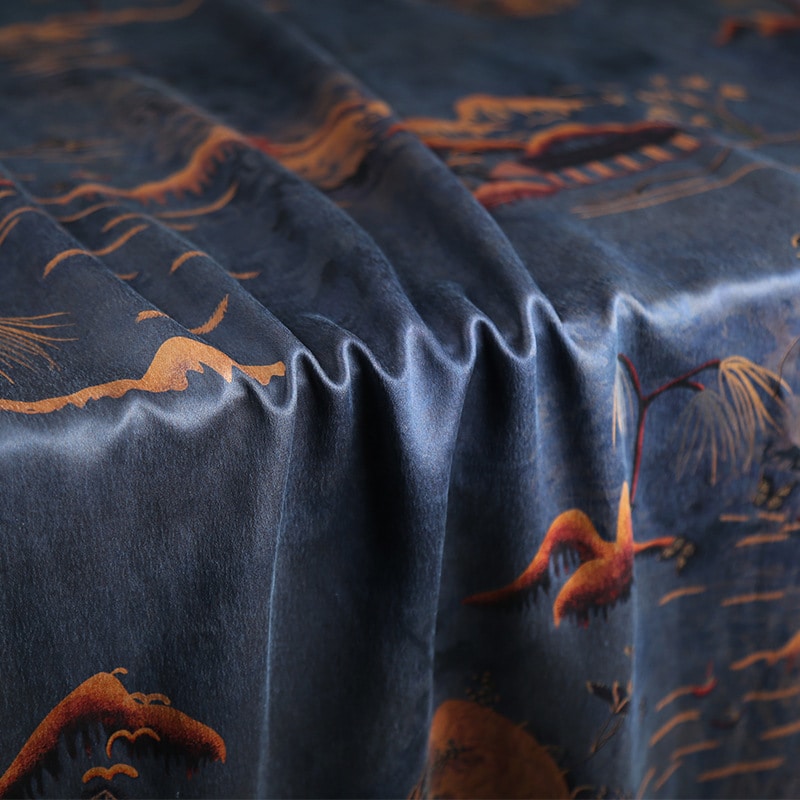
Silk fabrics are the strongest natural fabric in the world. Silk still holds the record for the strongest fabric made by natural processes, despite a lab-engineered biomaterial recently outperforming silk in terms of strength.
Silk has been a valuable commodity in China for centuries and was traded along the Silk Road to Europe. The technique for silk production was kept a secret for many years, but it eventually spread to other parts of the world. Today, silk is produced in many countries worldwide.
Today, silk is produced in many countries, including India, Thailand, Brazil, and France.
What is Silk Fabric?
Silk is a luxurious fabric made of natural fibers that silkworms produce. It is a natural protein fiber that is known for its softness. It’s a long, continuous filament that’s spun into yarn before being weaved into cloth. This fabric is famous for the following characteristics:
Softness and smoothness.
Some people describe its softness as feeling like “a second skin.”
Durability
Silk textiles can resist abrasions and tears.
Luster and sheen
It gives an instant elegant color and luxurious appearance.
Breathability
This fabric is suitable for hot summer days.
How Is Silk Fabric Made?
The production process for silk fabric is complex and time-consuming, involving multiple steps:
- The production of silk starts by gathering silk fibers. People collect this from cocoons spun by silkworms.
- The next step is for extracting the fibroin. This is a natural protein that is within the cocoon.
- Then they begin preparing the silk yarn. The fibroin they extracted from the cocoon serves as the raw material for weaving silk.
- The silk yarn undergoes a weaving process. Manufacturers use various methods in this step. They use plain weave, satin weave, and twill weave.
- Once the weaving process is done, the silk will undergo finishing treatments. This process involves washing, dyeing, printing, and applying special finishes. This will enhance the overall quality of the silk.
- In the last part, they will inspect the silk fabric. They do this to make sure that it meets the quality standards.
This process requires a high level of skill and precision, and the end result is a luxurious and delicate fabric that has been prized for thousands of years.
Uses of Silk Fabrics
Clothing
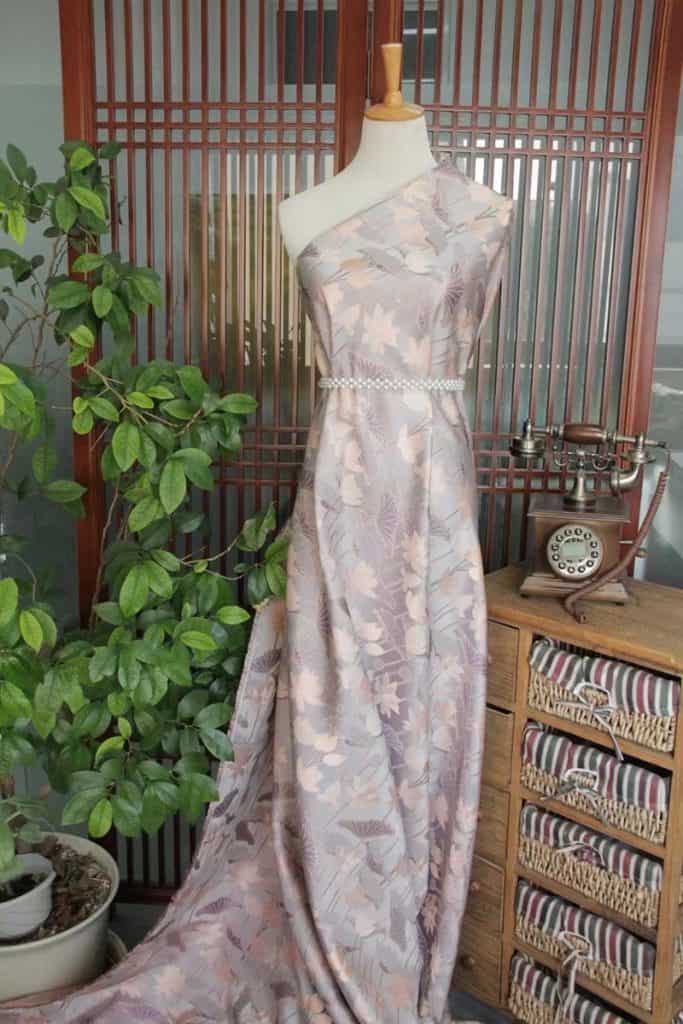
Silk fabric is used in the clothing industry to manufacture various types of clothes, such as formalwear, eveningwear, and lingerie, providing an elegant and graceful drape.
Accessories
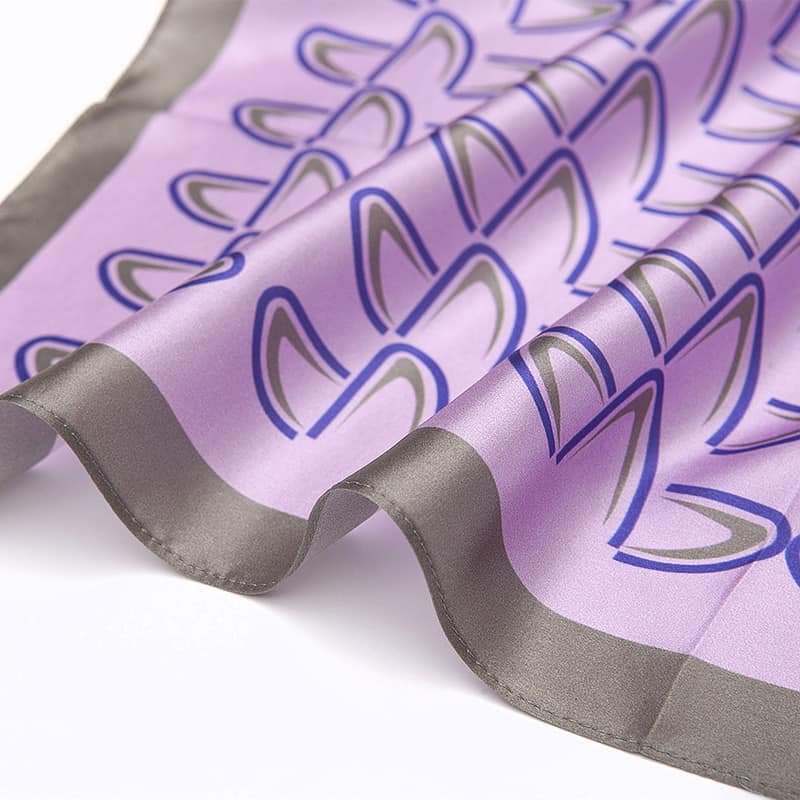
The purpose of silk goes beyond apparel. People also use this to create accessories. Some examples are silk ties, masks, scarves, and bags. It’s a favorite choice because of its lightweight and stylish nature.
Home Furnishings
Silk cloth can bring luxurious vibes to any home. It’s undeniable that silk is a woman’s favorite. They often buy silk pillowcases, curtains, and bed sheets.
Silk is ideal due to its hypoallergenic characteristics. It also contributes to the overall appearance and mood of the setting.
Medical Uses
The medical industry also finds silk textiles useful. This fabric has good knotting strength and a smooth texture. So they utilize it in making wound dressings and bandages.
Industrial Uses
Silk textiles also has various industrial applications. Its strength makes it a reliable material for making parachutes. Manufacturers also use it in bicycle tires. It gives a smoother and more efficient ride.
Different Types of Silk Fabrics
Mulberry silk
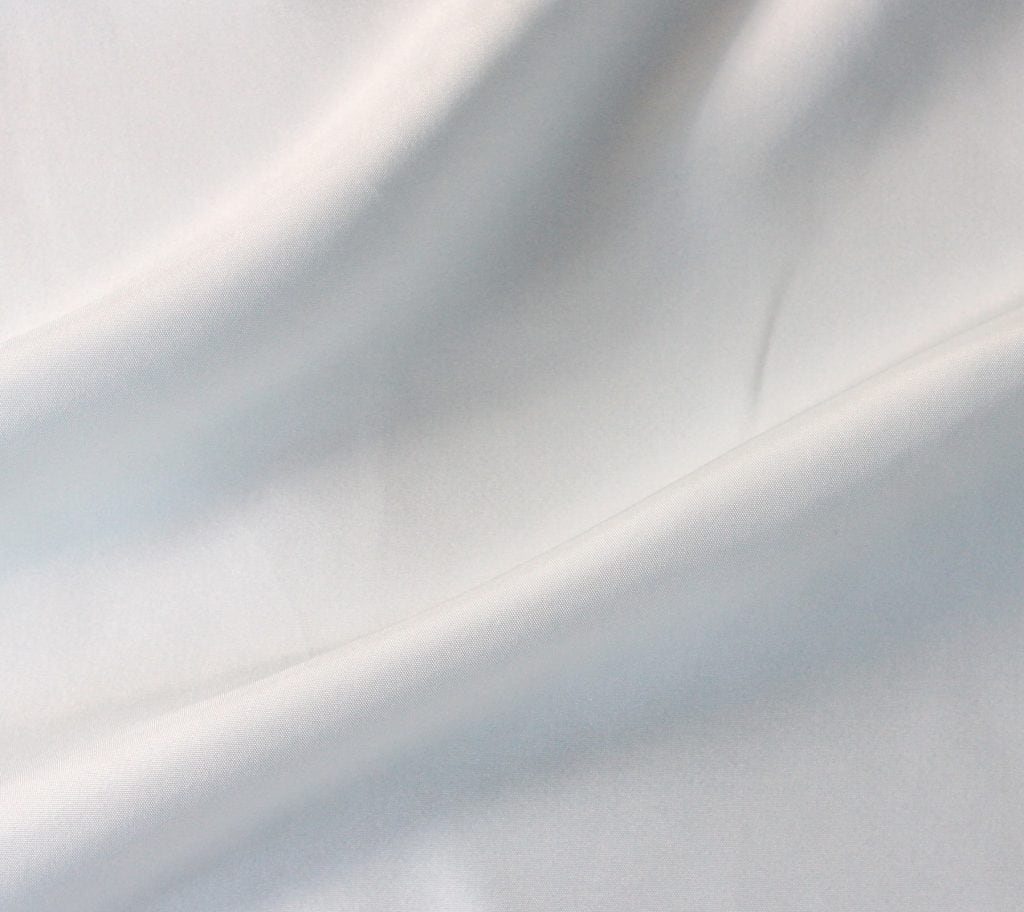
This is the most common, widely produced, and affordable type of silk in the world. People recognize it for its softness and strength.
Charmeuse
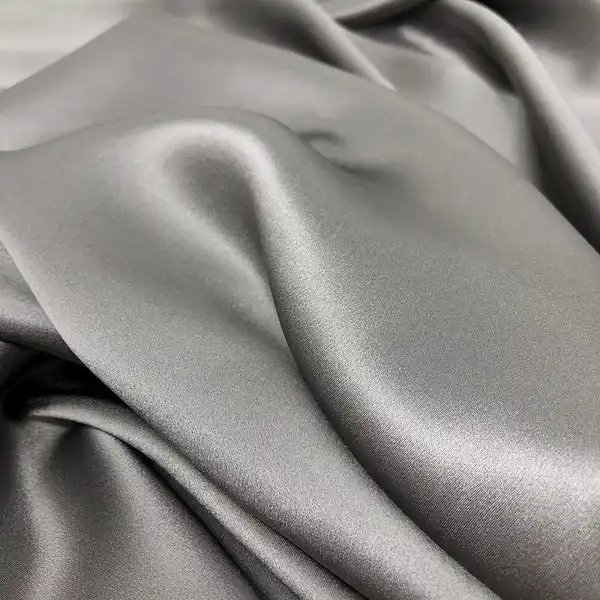
This silk has the highest sheen. One of its sides shines, while the other surface is dull. It has insulating properties and a beautiful drape.
Chiffon Silk
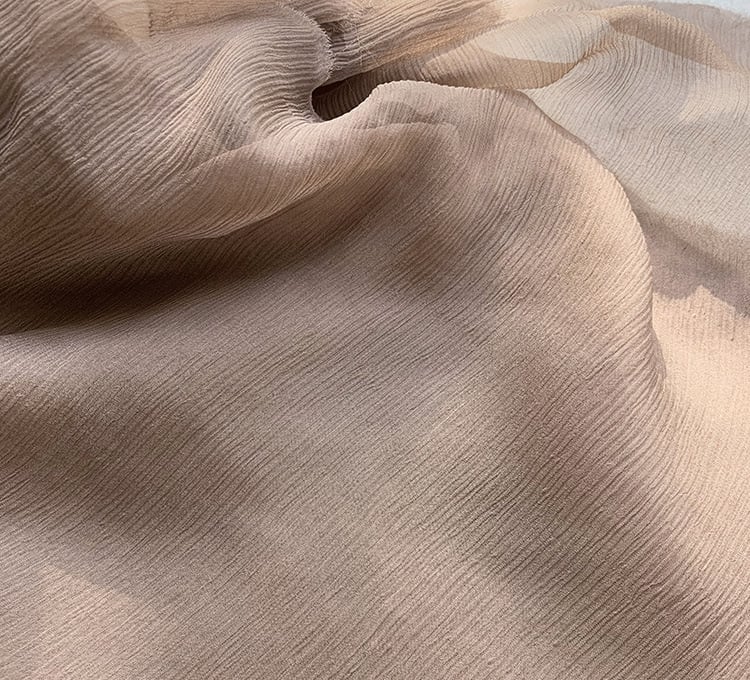
This is the lightest type. It’s also smooth and sheer. That’s why it is ideal for wedding veils, scarves, necklines, and sleeves.
Crepe-de-chine

This type of silk has a matte finish. It is slightly heavier than common silk. It uses twisted crépe yarn in the weft.
Dupioni Silk

This type has a distinct look. Manufacturers make it using mulberry silk fibers in a loose plain weave.
Georgette
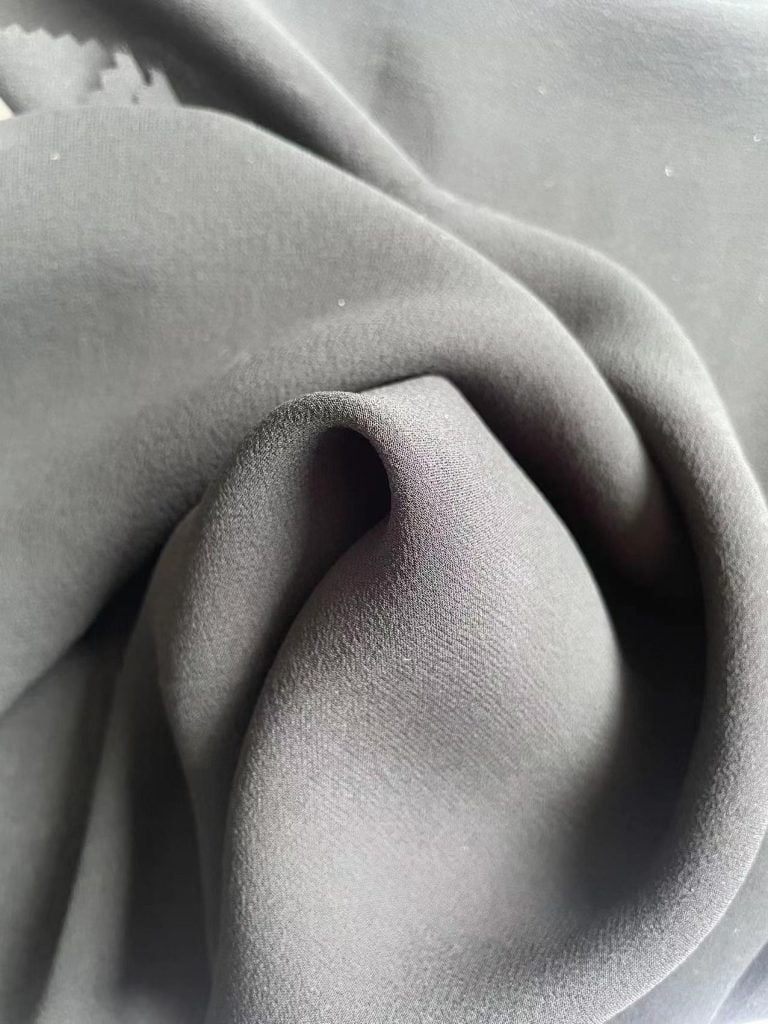
This one is thin, like chiffon. But in terms of texture, it is like Crêpe-de-chine. It has a distinct texture that feels slightly rough.
Habotai Silk
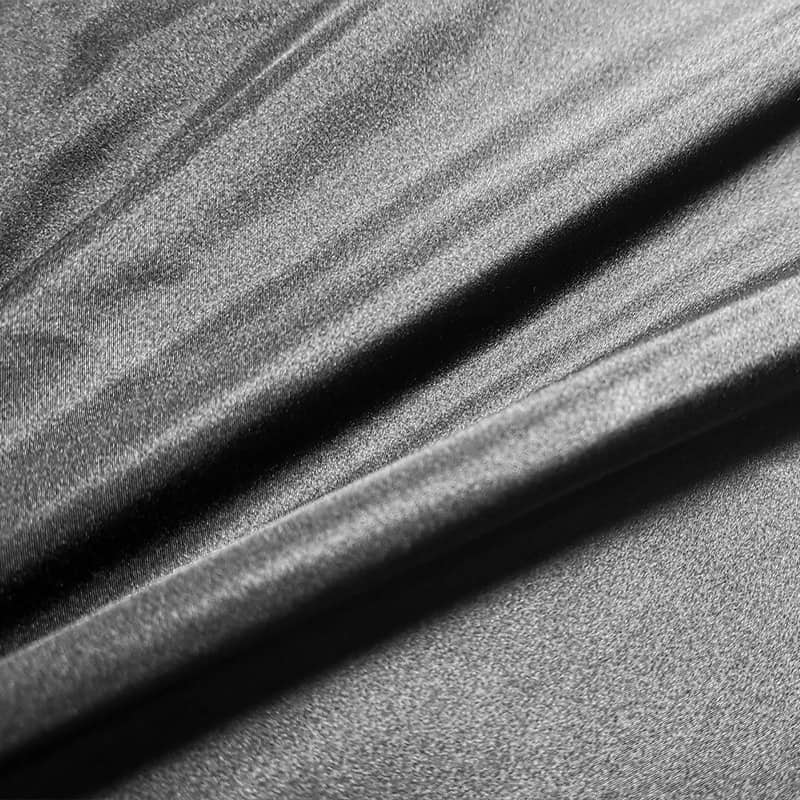
People also call this China silk. But its origin is in Japan. They use this to line kimonos. It is breathable and a top choice for fine linings.
Peace Silk
This wild silk is among the best on the market. People can produce this from plain, twill, and broken twill weaves.
Organza
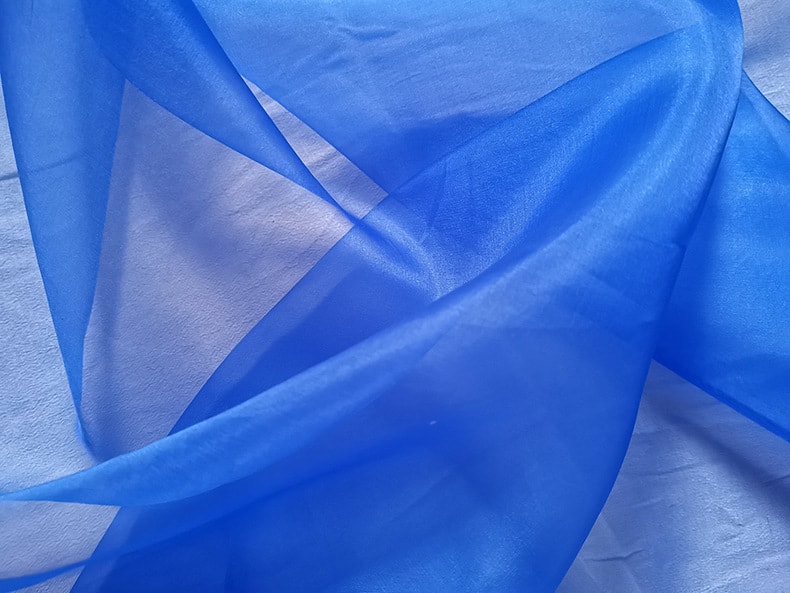
This is a loose weave fabric, so it is light and thin. Its characteristics make it suitable for making underskirts.
Shantung Silk
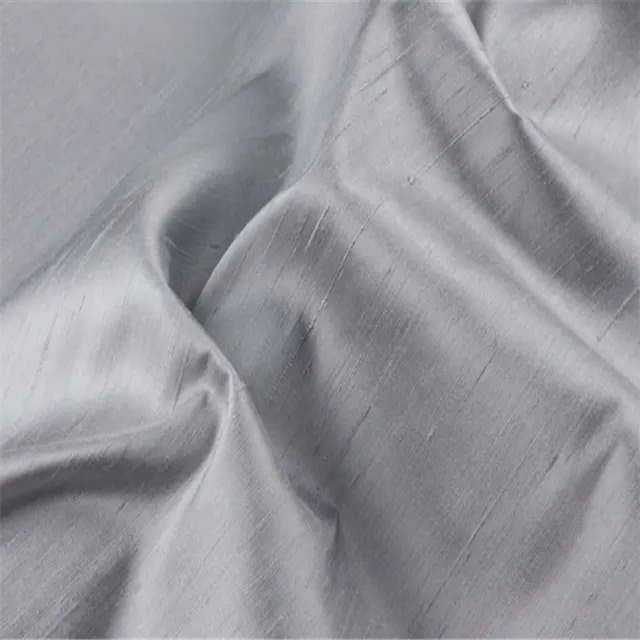
This possesses a similarity to the dupion’s texture. But this type of silk comes from wild tussar silk fibers. This is a popular choice for making wedding dresses.
Care and Maintenance of Silk Fabric
Washing
Turn the silk textiled inside out before washing. Use a special silk detergent instead of regular ones. Opt for gentle handwash only.
Don’t put it in a washing machine, as it may have residues of bleach or harsh detergents.
Drying
You can hang and air-dry the fabric for the best results. If there is excess moisture, you can lay it on top of a clean towel. Roll the towel and press down gently. Repeat this until the silk is not soaking anymore.
Ironing
Silk is sensitive to heat. So make sure you follow the proper ironing procedure to avoid irreparable damage.
Use the delicate setting when ironing this fabric. It’s good to iron silk when it is still slightly damp. Do not use too much heat, as it can melt or stain the fabric.
Conclusion
Silk has promising features that make it stand out among other fabrics. It is smooth, sustainable, and luxurious. Many businesses appreciate this material because of its versatility and environmental friendliness.
There are advantages and disadvantages to using this fabric. Silk is lightweight and soft. You will feel comfortable and elegant wearing it, even in hot weather. It prints and dyes well, so you can also be creative with it.
But silk requires extra special care and maintenance. It needs proper washing and ironing procedures. The durability of silk can also lessen over time.

